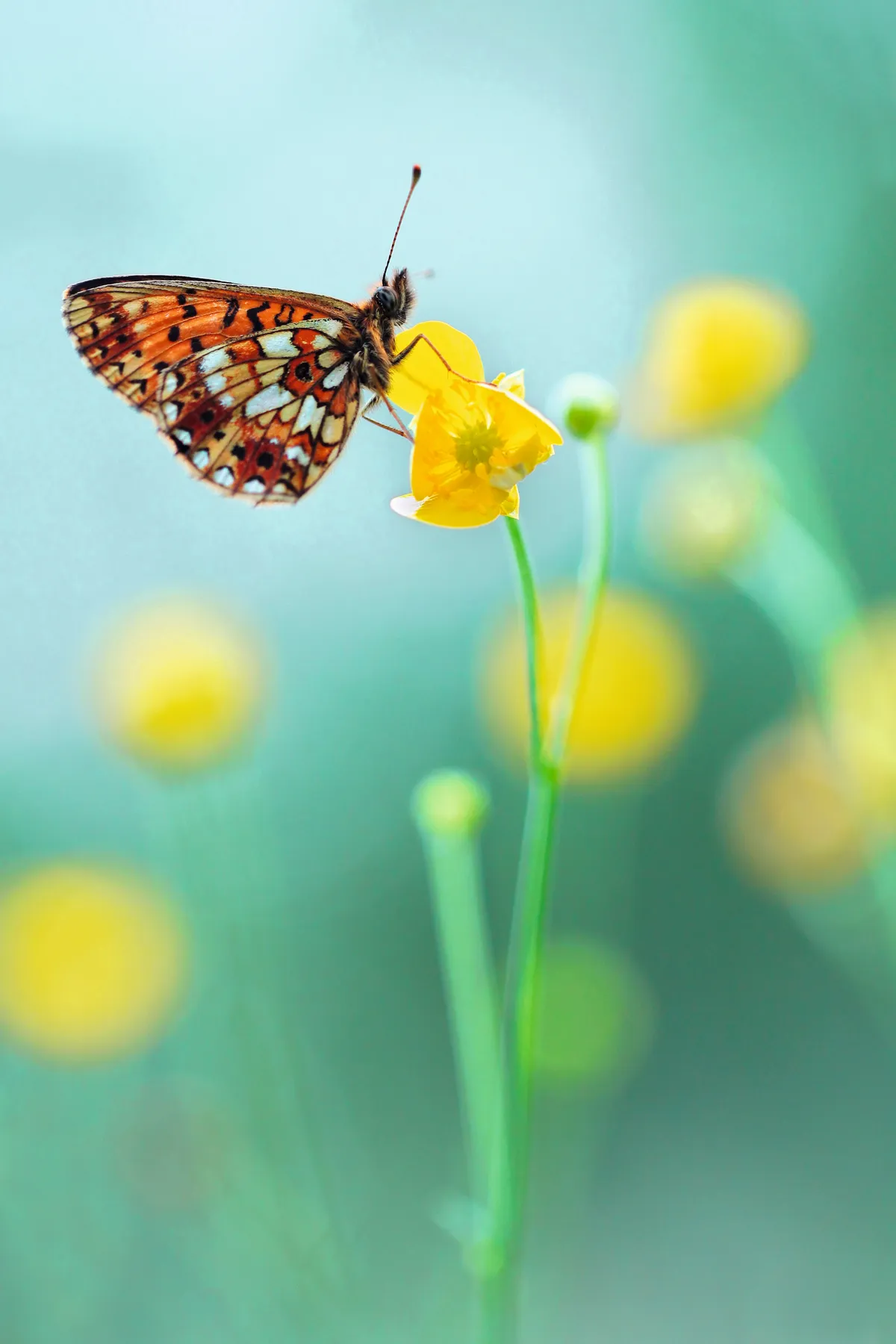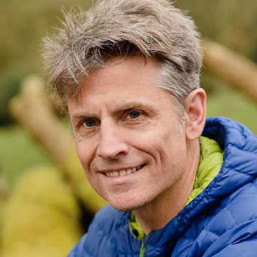Farmers will be central to delivering the recovery of wildlife on Exmoor, according to a national park authority plan to restore at least 75% of the park to a “rich condition” by 2050.
The vision sets out vital changes needed to reverse wildlife decline, restore natural processes and boost resilience to climate change. Wildlife conservation officer Ali Hawkins says concerns expressed by some farmers that they were being side-lined by the authority were unfounded.
“Farming and nature conservation go hand in hand on Exmoor but there is an opportunity for our existing farmland to be even better for nature,” she says. “Quite a lot of the park’s grassland is species poor, and we want to find out how we can work with the farming community to make those areas better for pollinators without affecting productivity.”
The plan is in its early stages but it passed a crucial milestone after being voted through by the authority’s committee members. Some responses suggested that rewilding Exmoor would alienate farmers and turn the park into a “rich boys’ playground”.

But the word ‘rewilding’ isn’t used in the vision document. “If you speak to 10 people about what they understand by rewilding, they will give you different answers,” Hawkins says. “Some people have images of wolves and bears, others think it’s about nature-led processes.”
The important thing is to find a balance between farmers’ livelihoods and the aspiration to enhance nature, she adds.
The recovery plan will be dependent on the new Environmental Land Management Scheme (ELMS), which is replacing subsidies under the Common Agricultural Policy. ELMS will see farmers paid for delivering better soil and increasing insect and birdlife.
Lee Schofield of the RSPB Haweswater reserve in the Lake District, argues that Exmoor’s ambition suggests rewilding is on the agenda. “Beavers, pine martens and red squirrels are mentioned as species that might recolonise,” he writes in a blog.
The artist’s impression Exmoor used to launch the vision, however, shows a whinchat, a pair of dunlin, a cuckoo, a kestrel and grazing cattle.
Main image: An artist's impression of Exmoor National Park Authority's vision for the future. © Richard Allen

